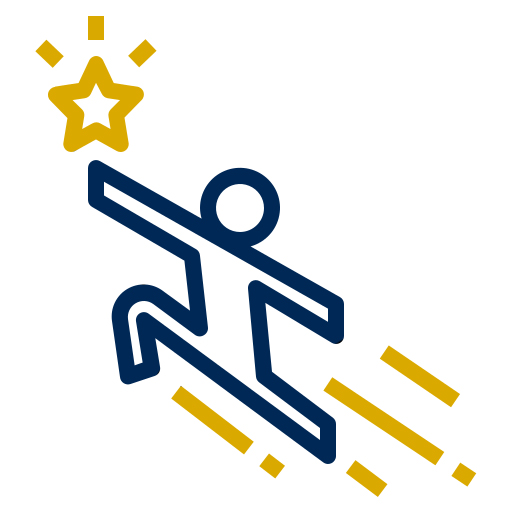There is so much that can get in our way on our path to success and happiness. It could be our environment, our upbringing, other people, past traumas, a need for skill development or even that one pesky habit that distracts us from keeping our eyes on our goals and dreams. With everything that can get in our way, there is one mental shortcut that we all do that can contributing factor. The Fundamental Attribution Error (FAE) is a psychological phenomenon where we commonly misattribute the cause of successes or failures and can contribute to ourselves getting in our own way (amongst everything else). However, this is something we can manage if we are thoughtful and intentional about doing so. And if we do, we can remove one barrier as we navigate life’s challenges.
 FAE is a multifaceted term, so for this blog post’s purposes we will discuss FAE as it explains our tendency to attribute our misfortunes to being caused by external factors (out of our control) and when we attribute our successes to internal factors, such as our own savviness, keen ability to predict the future or our work ethic (things in our control). For example, if I did not get the promotion at work (misfortune), I would attribute it to the dysfunctional work dynamics rather than what I could have done differently to be a more attractive candidate. Whereas, when I get the promotion at work (success), I attribute it to my work ethic, instead of external factors that could have helped me, like being friends with the hiring managers.
FAE is a multifaceted term, so for this blog post’s purposes we will discuss FAE as it explains our tendency to attribute our misfortunes to being caused by external factors (out of our control) and when we attribute our successes to internal factors, such as our own savviness, keen ability to predict the future or our work ethic (things in our control). For example, if I did not get the promotion at work (misfortune), I would attribute it to the dysfunctional work dynamics rather than what I could have done differently to be a more attractive candidate. Whereas, when I get the promotion at work (success), I attribute it to my work ethic, instead of external factors that could have helped me, like being friends with the hiring managers.
Now of course, we often do earn our successes through hard work, and we often are at the whims of the external world. However, from time to time (daily for myself) we fall into the trap of the Fundamental Attribution Error. When we do, we misidentify the cause of our challenges making them even harder to overcome. Or we overinflate our capabilities and perhaps set ourselves up to be overconfident in the future when we need some humility.
Let’s explore a quick tool to help you recalibrate your attribution. Use the below strategy anytime you want to get a better perspective on your attributions.
Step 1: Identify the Challenge
Pull out a blank sheet of paper and write at the top a statement about the challenge you want to explore. For example: “I cannot seem to get the promotion I want.”
Step 2: Brainstorm Contributions
Next, make a T-chart on your paper and title one side ‘Internal’ and the other side ‘External.’ Start with the External side and brainstorm as many external factors as you can that could be contributing to your challenge. This could include factors outside of your control, other people, limitations that prevent you from navigating the challenge yourself, and systemic issues that make this a challenge. Starting with the External side is important, because external factors typically come to us quicker. Once you get those out on paper it will make the Internal side a bit easier.
Once you have your External list, move to the Internal side. Here you might brainstorm your own contributions to the challenge, which may include your actions, communications, or responses. Be as complete as you can.
Step 3: Take a “Both, and” Approach
Take a look at both sides of your list and embrace the nuance that there are aspects in the external world that contribute to this challenge and aspects that you are in control of that are contributing to this challenge. It is essential to try to open yourself up to being surprised by what you might find from this exercise, even if it conflicts with your previously held belief.
Hopefully after this process you have some new insight on what the factors were that are contributing to your challenge, which can guide you on how to work through it. Recognizing the complexities of contributions is a surefire way to help you better understand what you can do to navigate issues, conflicts and challenges, as well as help you focus on the areas that you can control to better work through the challenge constructively.
For more information on how to navigate what you do and do not have control over, visit a previous blog post that can speak to the Circle of Control and Circle of Concern.
Luke Wiesner is the UC Merced Conflict Resolution Coach , a private resource for staff members who are interested in having a partner to support workplace challenges or conflicts. This service is voluntary, and you can partner with the coach by yourself or with fellow university employees.




